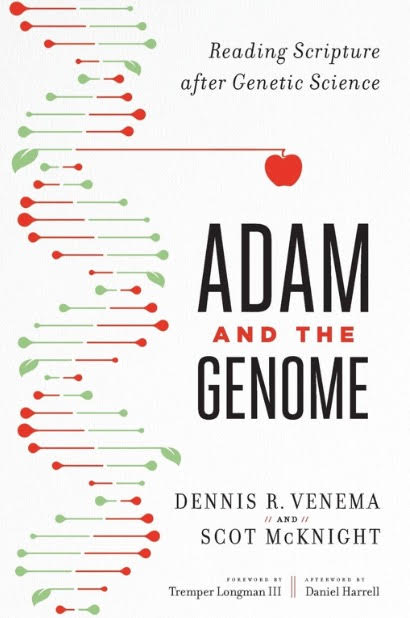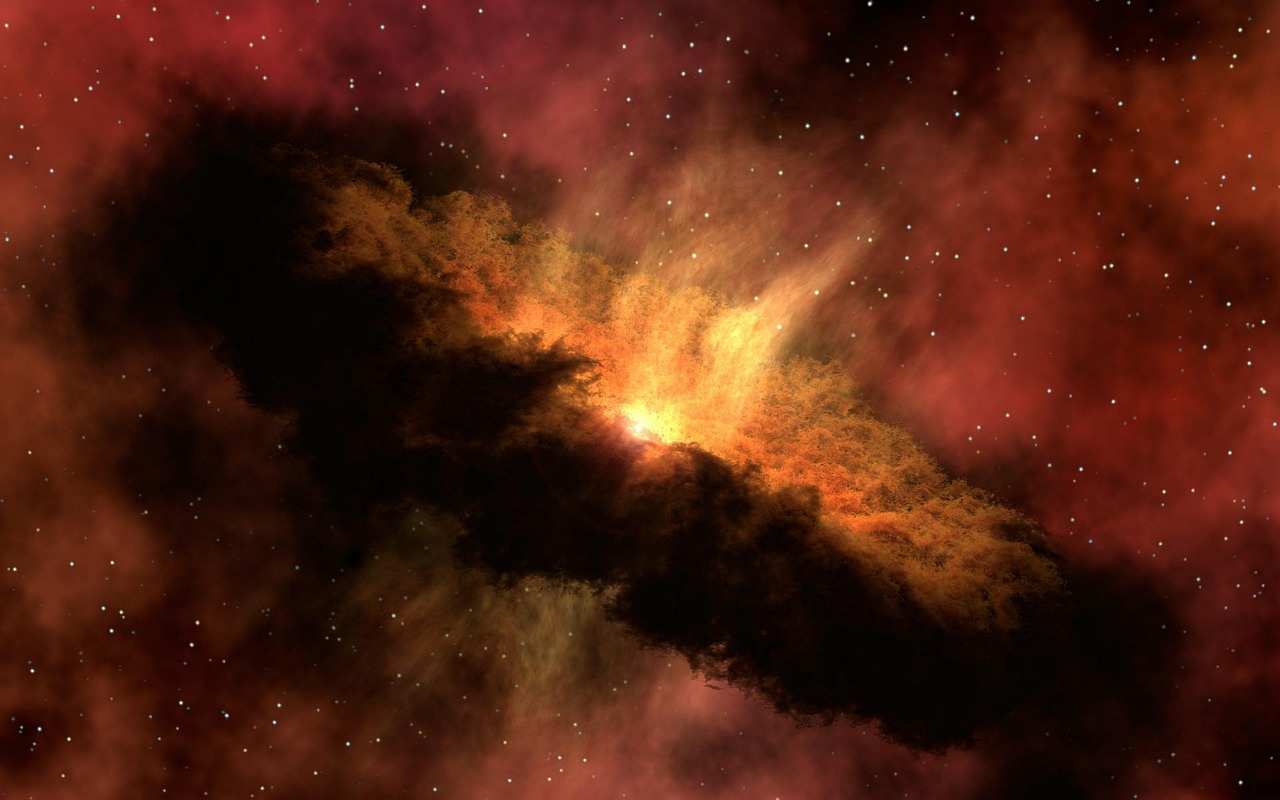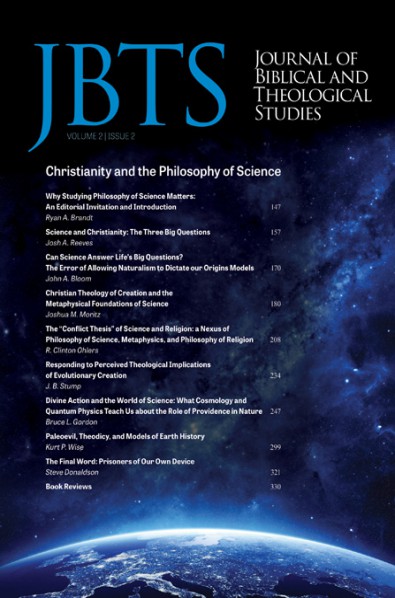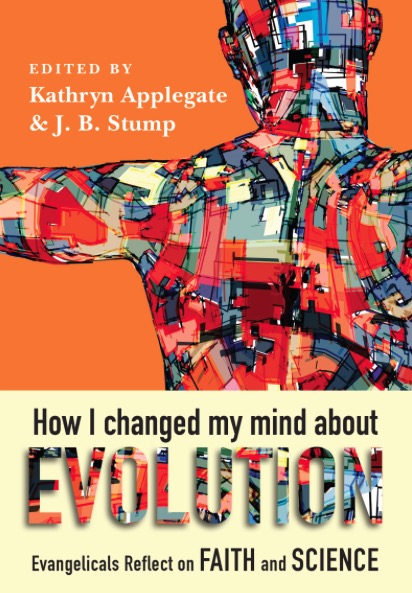
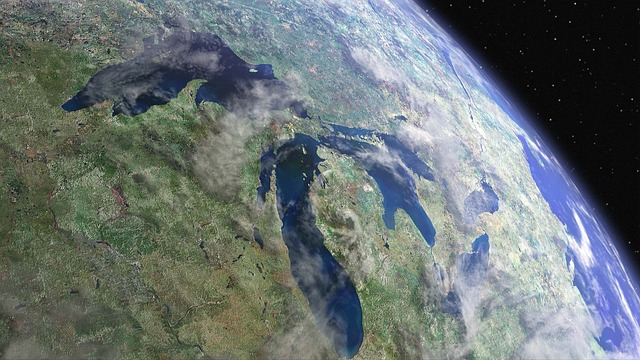
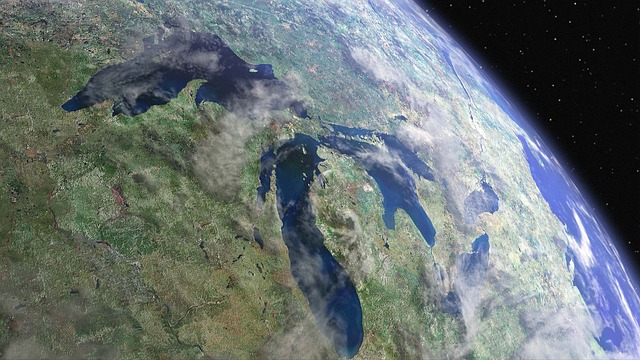
Doppelganger planet: Astrobiology and contrasting Christian and transhumanist eschatologies
Jonathan Clarke, May 2011
Download PDF
Doppelganger planet:
Astrobiology and contrasting Christian and transhumanist eschatologies
Jonathan Clarke
Jonathan Clarke is a Geologist and Mars researcher who lives and works in Canberra. He is a Director and Fellow of ISCAST, and worships at St. Matthews Anglican Church, Wanniassa, ACT.
An earlier version of this article appeared in The Melbourne Anglican, February 2011, page 22.
Two of the great questions in space science and astronomy are: ‘Is there life beyond Earth?’ and: ‘Are we alone?’. The first question is the province of Astrobiology, the science of life in the universe of which we so far have one example. The second is the subject of the Search for Extraterrestrial Intelligence (abbreviated to SETI). Both have been speculated about since the ancient Greeks, and more recently been the subject of scientific research. Both astrobiology and SETI raise fascinating philosophical and theological questions, for example, Graham Phillips of Monash University and presenter on the ABC Catalyst program wrote an article in The Age on the 3rd of October 2010 regarding the challenges they could raise for optimistic views about the material future of humanity.
The peak of optimism about both was perhaps in the 18th century, when most scientists thought that life was universal. Sir William Herschel (who discovered the planet Uranus) even thought there might be life on the Sun. But as our knowledge of the scale and complexity of the universe increased, the likelihood of life, at least in our solar system has diminished. At present astrobiology aims to find potentially present or past habitable environments on Mars, Europa, Enceladus and perhaps elsewhere. But ‘potentially habitable’ has yet to translate into ‘definitely inhabited’, despite some ambiguous clues from Mars.
Finding life elsewhere in our solar system, especially if proved to have an independent beginning, would have major implications for finding it elsewhere in the universe. If life occurs independently on two (or more) bodies in our solar system, or even once did, then life is almost certainly commonplace on the universe. If not then it may not be so common, though not necessarily rare.
Finding of life elsewhere in the universe raises the so-called Fermi paradox. If life is common, the paradox goes, if intelligence is the inevitable product of life, and technology the inevitable consequence of intelligence, then where is everybody? Surely in a 13 billion year old universe of a hundred billion or more galaxies, each with a hundred billion starts, some species must have developed means of travelling or signalling across interstellar distances. But they haven’t done so as far as we know, despite decades of efforts by scientists involved in SETI.
This so-called ‘great silence’ has many explanations. Perhaps life is actually rare. Perhaps intelligence or technology are not inevitable. Perhaps there are limits to technology that prevents travel, communication, or even showing signs of presence across interstellar distances. Some postulate a ‘great filter’, or several, that greatly reduce the likelihood of a species emerging onto the interstellar stage. Life may require much more specialised conditions than we know of, be more subject to natural catastrophes than we realise; or perhaps technological societies nearly all self destruct after all. This is bad news for trans- humanist philosophers whose hope for the future is a vision splendid of biological engineering, fusion of the biological and the machine, and uploading of human consciousness.
Such speculations have led the trans-humanist philosopher Nick Bostrum of Oxford to write:
I’m hoping that our space probes will discover dead rocks and lifeless sands on Mars, on Jupiter’s moon Europa, and everywhere else our astronomers look. It would keep alive the hope for a great future for humanity.
The more common life, especially advanced life, is in the universe, the greater the likelihood that the great filter lies in the future. Alternatively, as suggested by Graham Phillips, while planets are common in the universe (this year has seen the discovery of the 500th extra-solar planet), maybe it is civilisations which are rare. The universe is certainly full of planets, life may be common, but perhaps it is the business of civilisation that is hard to start. Perhaps we can pin our hopes on this.
Such views are, in my view, premature. We have hardly begun to explore the other worlds of our solar system. Our ability to do so is very limited and in many cases we don’t yet really know the sort of questions we should be asking when looking for life potentially very different to our own. Sufficiently detailed scientific exploration to answer this question may take centuries of research, especially when we consider that the surface area of Mars is equivalent to all the Earth’s continents combined. To show that the other worlds of our solar system have always been lifeless will take centuries more. Even the evidence for the earliest life on Earth is hotly disputed, evidence for or against past life on Mars even more so, and is far more difficult to investigate. Likewise while our telescopes can see back almost to the first moment of time, we are currently unable to detect a possible technological civilisation such as ours over distances of more than a few light years. The ‘great silence’ may be more a result of our inability to hear than telling us something about the universe. Furthermore, the many assumptions about astronomy, life, intelligence, and technology that underlie the Fermi paradox may be deeply flawed. Until we know a lot more about the universe (and have gained a lot more experience in understanding and managing the consequences of a technological society) we simply do not know enough to draw any such conclusions.
However, such speculations do serve to highlight the assumptions and implications of particular metaphysics. If someone’s eschatology is pinned on technological transcendence, then the chance that salvation does not lie there will be profoundly disturbing to them. Even if the dreams of the trans-humanists can be achieved, they do not offer an escape from the inevitable death of the universe. It is a hope for this universe only.
Whether it is freeze or fry, this universe will eventually come to an end, finishing the hopes of all whose salvation lies within its confines, no matter how extreme is technological progress.
Our Christian hope is different. It is not built on science or technology, even though both grow out of being made in God’s image. We recognise the finiteness of this world, even though its history may stretch over billions of years and stars may number in the trillions. We do not place our faith in progress, no matter how far we travel in the universe or how long our species persists. Our hope is based on following Jesus, through whom all things will be brought together to their goal, not only in this world, but in the next; not simply in a future ‘heaven’, but in a whole new eternal creation, in which all things find their fulfilment, not just humanity. The Apostle Paul speaks of all creatures in heaven, on Earth, and under the Earth, brought together under Jesus as Lord. Expressed in the three-decker cosmology of the Bible, this is a promise of all beings in the universe, past present and future, recognising Christ’s sovereignty. Whether this involves just humanity and the hosts of heaven, or an entire universe of creatures — perhaps even Klingons or Sontarans
— it will be a sight to look forward to.
